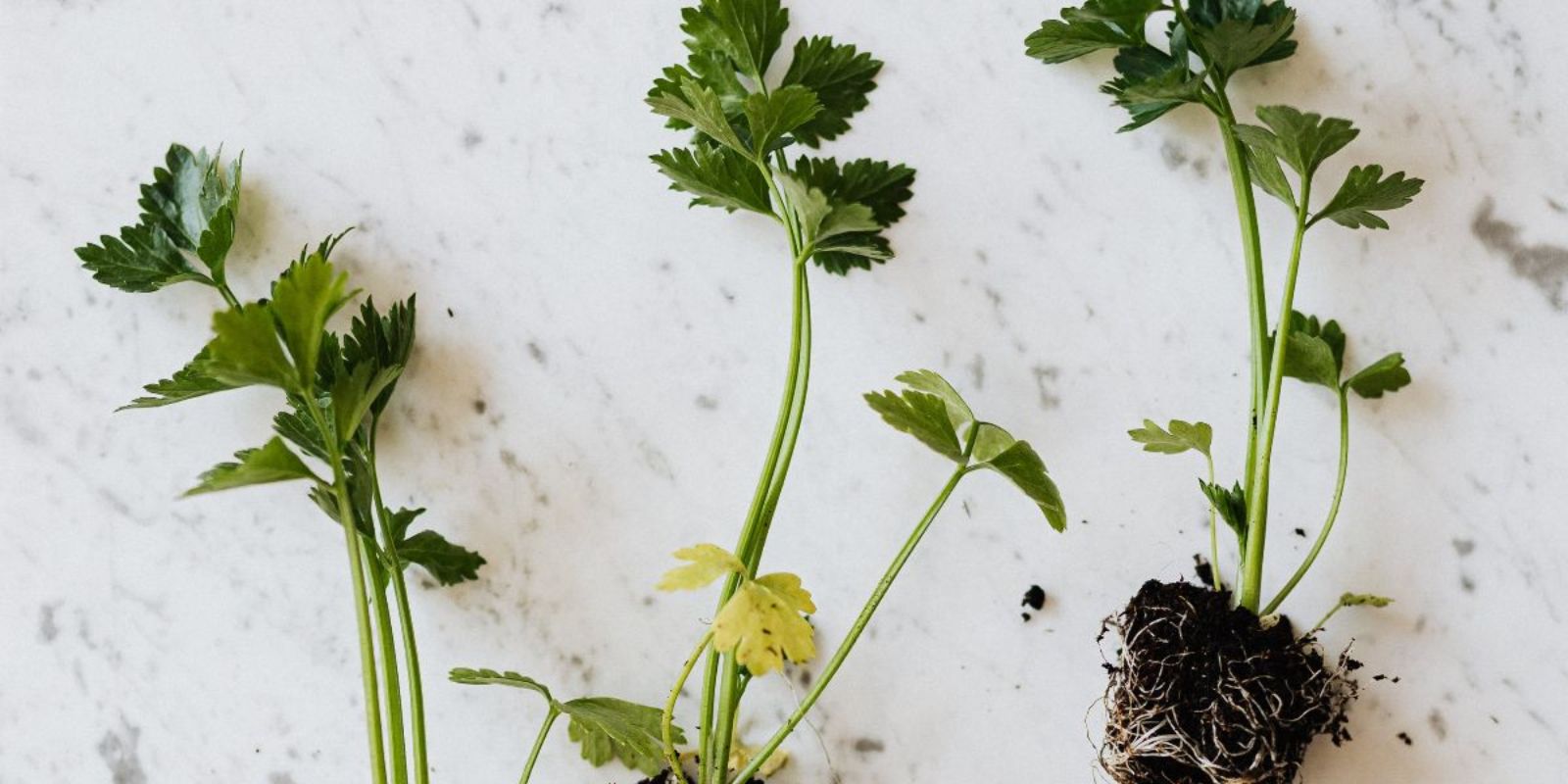Introduction
Parsley, with its vibrant green color and fresh flavor, is a staple herb in many kitchens. However, keeping it fresh for an extended period can be challenging. Whether you’re a home cook or a professional chef, knowing how to extend the freshness of your parsley is invaluable. Fortunately, there’s a simple yet effective method that chefs use to keep parsley fresh for up to a month. In this article, we’ll dive into the chef-approved bowl method and show you how to maintain parsley’s vibrant flavor and appearance.
The Chef-Approved Bowl Method
Keeping parsley fresh for an extended period is crucial for maintaining its flavor and nutritional benefits. The bowl method, a technique used by many chefs, ensures that your parsley remains fresh and ready for use. Here’s a step-by-step guide on how to use this method effectively:
1. Gather Your Supplies
Before you start, you’ll need a few basic supplies:
- A clean bowl (preferably glass or plastic)
- Fresh parsley (stems with leaves)
- Water (filtered or tap)
- Plastic wrap or a lid (to cover the bowl)
2. Prepare the Bowl
Start by filling the bowl with water. You don’t need a lot—just enough to cover the parsley stems. The water acts as a reservoir to keep the parsley hydrated, preventing it from wilting. If you’re using tap water, let it sit for a few hours or overnight to allow any chlorine to dissipate. Filtered water is also a good option for those concerned about water quality.
3. Add the Parsley
Take the fresh parsley and trim the stems to fit comfortably in the bowl. Place the parsley stems into the bowl with the leaves facing upward. Ensure that the stems are submerged in the water, but the leaves remain above the waterline. This setup allows the parsley to absorb moisture from the water while keeping the leaves dry and fresh.
4. Cover and Store
Cover the bowl with plastic wrap or a lid to create a controlled environment that reduces moisture loss and prevents contamination. Place the covered bowl in the refrigerator. The cool temperature helps to slow down the aging process and keep the parsley fresh. If you’re using a lid, make sure it’s tightly sealed to maintain a stable environment.
5. Maintain Freshness
To keep the parsley fresh, you’ll need to refresh the water regularly. Change the water every 2-3 days to ensure it remains clean and free from any bacterial growth. Simply discard the old water, rinse the bowl, refill with fresh water, and place the parsley back in. This regular maintenance helps prolong the parsley’s freshness and prevents any unpleasant odors.
Benefits of the Bowl Method
The bowl method is favored by chefs and culinary enthusiasts for several reasons:
- Extended Freshness: This method can keep parsley fresh for up to a month, reducing food waste and ensuring you always have fresh herbs on hand.
- Flavor Retention: By maintaining proper hydration, the parsley retains its robust flavor and nutritional benefits.
- Convenience: The method is straightforward and requires minimal effort, making it accessible for both experienced cooks and beginners.
Additional Tips for Fresh Parsley
While the bowl method is highly effective, here are some additional tips to ensure your parsley remains in top condition:
- Choose Fresh Parsley: Start with the freshest parsley available. Look for vibrant green leaves and avoid bunches with yellowing or wilted leaves.
- Trim the Stems: Regularly trim the parsley stems to encourage new growth and prevent any decay.
- Avoid Overcrowding: If you’re storing a large amount of parsley, use multiple bowls to prevent overcrowding and ensure even hydration.
- Consider a Herb Keeper: For those who frequently store herbs, investing in a specialized herb keeper with a water reservoir can be a practical solution.
Troubleshooting Common Issues
Despite your best efforts, you may encounter some issues with your parsley. Here’s how to address common problems:
- Wilted Leaves: If the leaves start to wilt, it may indicate that the water level is too low or that the parsley needs a fresh batch of water. Check the water level and replace it if necessary.
- Slimy Water: If the water becomes slimy or has an unpleasant odor, it’s a sign of bacterial growth. Change the water immediately, clean the bowl thoroughly, and start fresh.
- Yellowing Leaves: Yellowing leaves can be a sign of overwatering or insufficient light exposure. Ensure the water level is appropriate and check that the parsley is not overcrowded or exposed to excessive moisture.
Conclusion
Keeping parsley fresh for a month using the chef-approved bowl method is a simple yet highly effective technique that can greatly enhance your kitchen experience. By following these straightforward steps, you can enjoy the vibrant flavor and nutritional benefits of fresh parsley for an extended period. Whether you’re preparing a gourmet meal or adding a touch of freshness to everyday dishes, this method ensures that you always have high-quality herbs at your fingertips.
Call to Action: Have you tried the bowl method for keeping parsley fresh? Share your experiences and any additional tips for maintaining herb freshness in the comments below! 🌿🍽️

